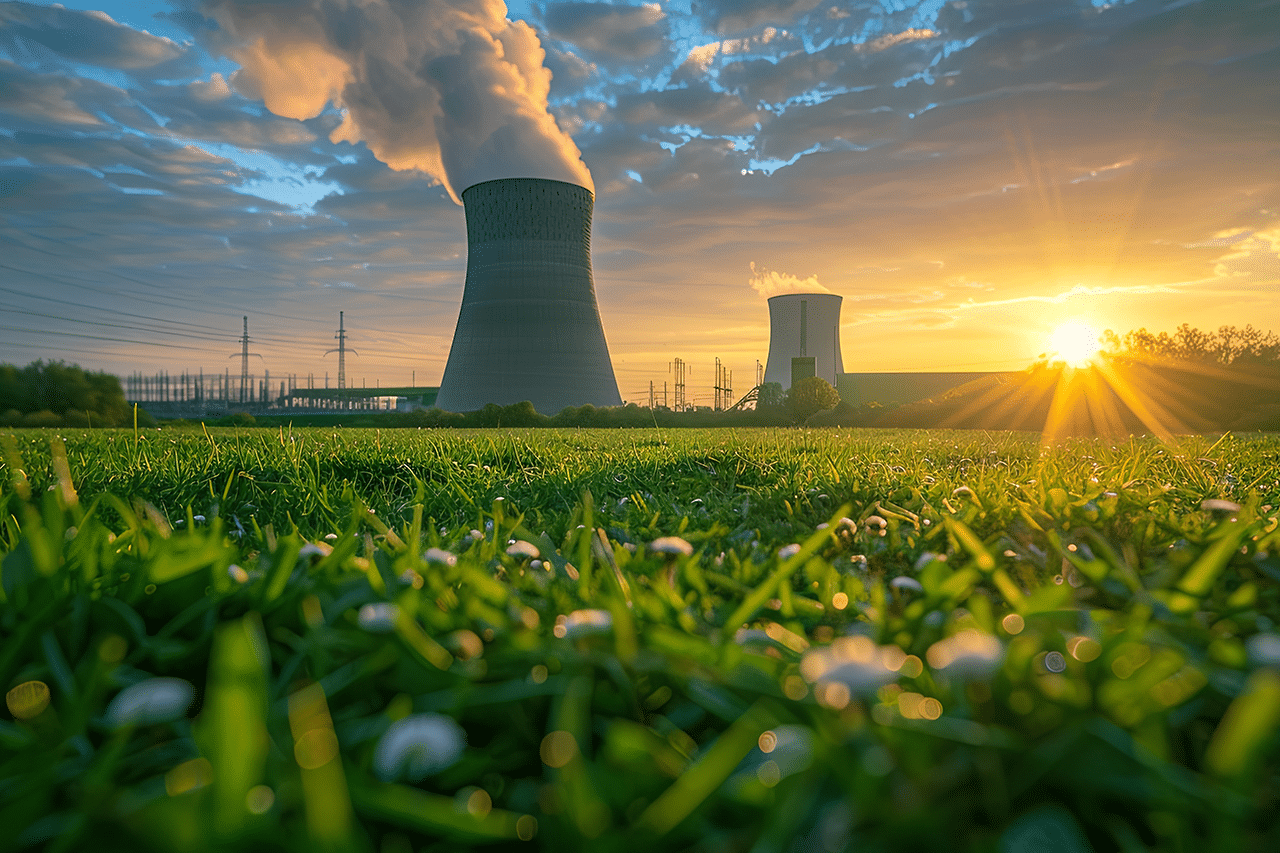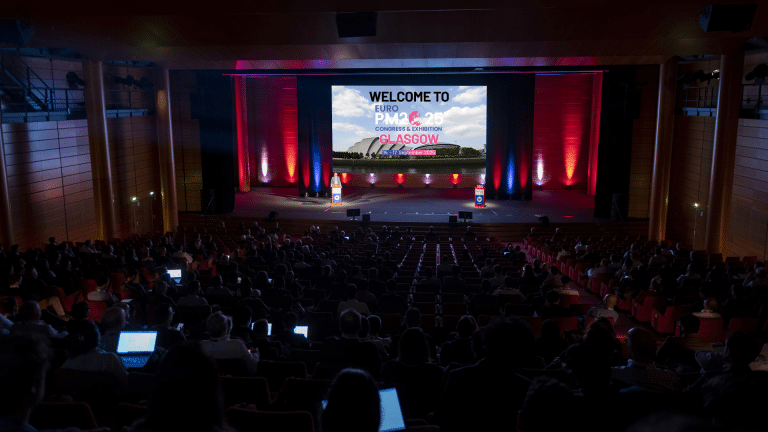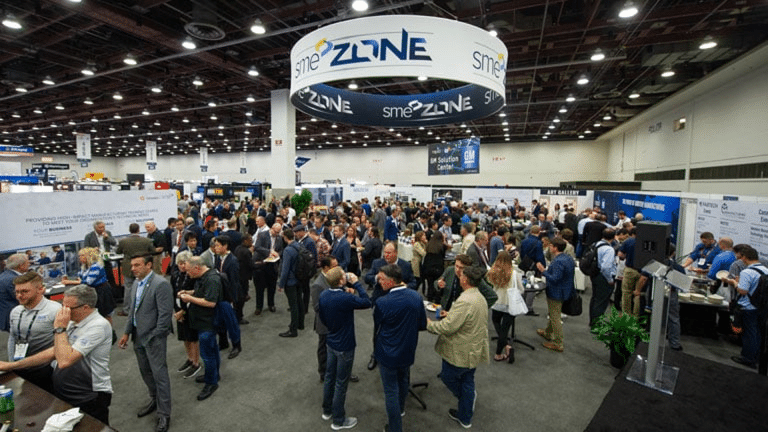GMP EUROFER 97 is an advanced reduced activation steel specifically designed for critical applications within nuclear fusion reactors. It represents the forefront of materials engineering in the field. This innovative alloy boasts a remarkable amalgamation of mechanical properties that render it uniquely suited for the extreme conditions typically encountered in fusion environments.
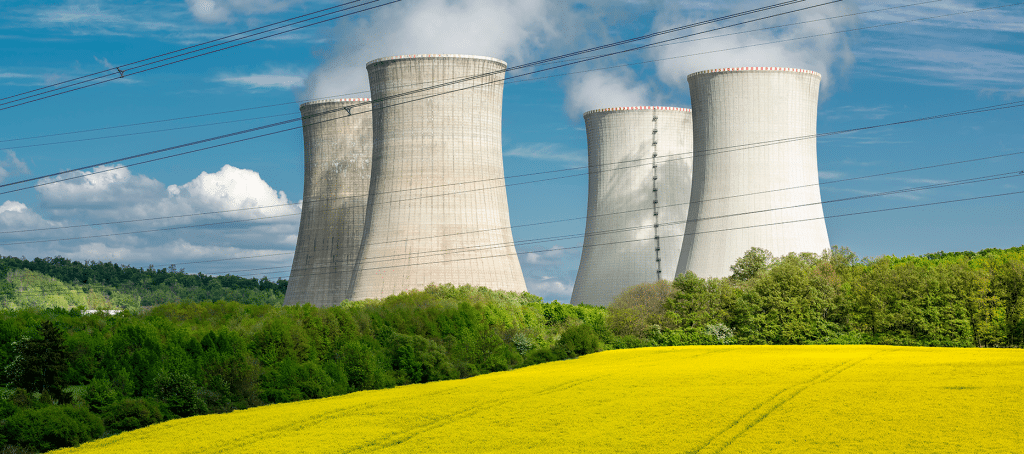
One of GMP EUROFER 97‘s defining characteristics is its impressive yield strength, which allows it to endure significant structural loads without yielding or deforming. Coupled with its excellent toughness, the material can absorb energy and resist crack propagation even when subjected to stress. This resilience is further enhanced by its superior fatigue resistance, a critical factor in environments where components experience cyclic loading due to varying operational conditions. These properties collectively ensure the effectiveness and reliability of reactor components during prolonged exposure to demanding operational scenarios.
GMP EUROFER 97 also stands out for its high-temperature performance. This material’s ability to maintain its structural integrity and mechanical properties even at temperatures surpassing those encountered in conventional nuclear reactors is essential in fusion applications. Fusion reactors generate immensely high thermal and structural loads, and EUROFER 97‘s ability to operate effectively in these elevated temperature conditions is vital for the reactor’s overall safety and efficiency.
Furthermore, GMP EUROFER 97 is engineered with superior radiation tolerance, a crucial requirement for materials used in fusion reactors. During the fusion process, materials are subjected to intense neutron bombardment, which can lead to degradation and increased brittleness over time. EUROFER 97‘s radiation tolerance is designed to mitigate these risks, ensuring that the material retains its mechanical properties and performance capabilities for extended periods. Thus, it enhances the longevity and reliability of critical reactor components.
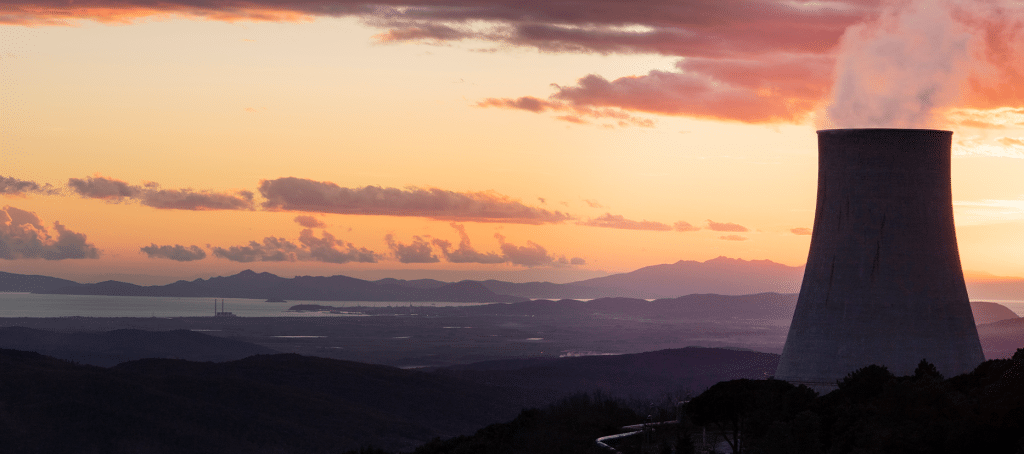
An additional significant benefit of EUROFER 97 is its low activation characteristics. Unlike traditional materials employed in nuclear applications that can produce substantial amounts of long-lived radioactive waste upon neutron activation, GMP EUROFER 97 is formulated to minimise the generation of long-lived isotopes. This aspect is pivotal for the environmental sustainability of fusion energy production, as it aligns with international efforts to manage and reduce the impact of nuclear waste on future generations. By producing less hazardous waste, EUROFER 97 contributes to more manageable waste management solutions, enhancing the appeal of fusion energy as a clean power source.
The development of GMP EUROFER 97 has been underpinned by rigorous experimental and analytical testing methodologies, which validate its performance against the harsh environmental conditions typical of fusion reactors. The material has demonstrated exceptional durability and reliability through extensive research, establishing itself as a pivotal component in advancing fusion technology.
As a cornerstone in the evolution of next-generation fusion power plants, GMP EUROFER 97 is integral to ongoing research and development initiatives focused on harnessing the potential of sustainable and clean energy solutions through nuclear fusion. Its unique combination of properties not only addresses the technical challenges faced in the fusion energy sector but also positions it as an indispensable material in the quest for a viable, long-term energy solution that leverages the power of fusion for future energy demands.

